Geology and Mineralization
The Thor system appears to be significantly different in several ways from many low-sulfidation epithermal systems worldwide. The silver-to-gold ratio is less than 1:1. Trace element geochemistry is very low compared to most other systems.
Arsenic, antimony, selenium, mercury, and tellurium are considered to be present in very low quantities, usually around or just above the detection limits of the laboratory. However, the alteration appears to be consistent with other low-sulfidation epithermal systems.

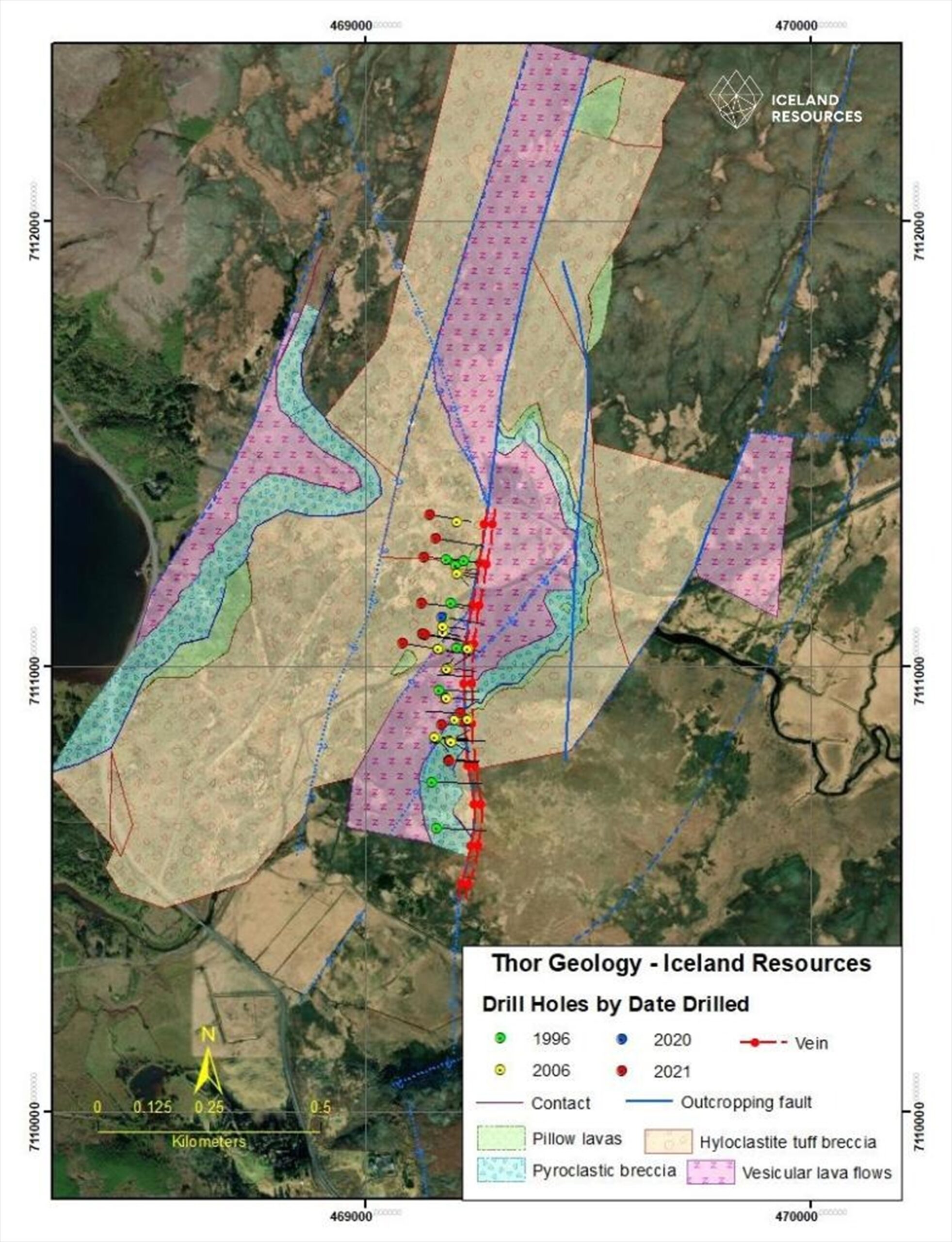
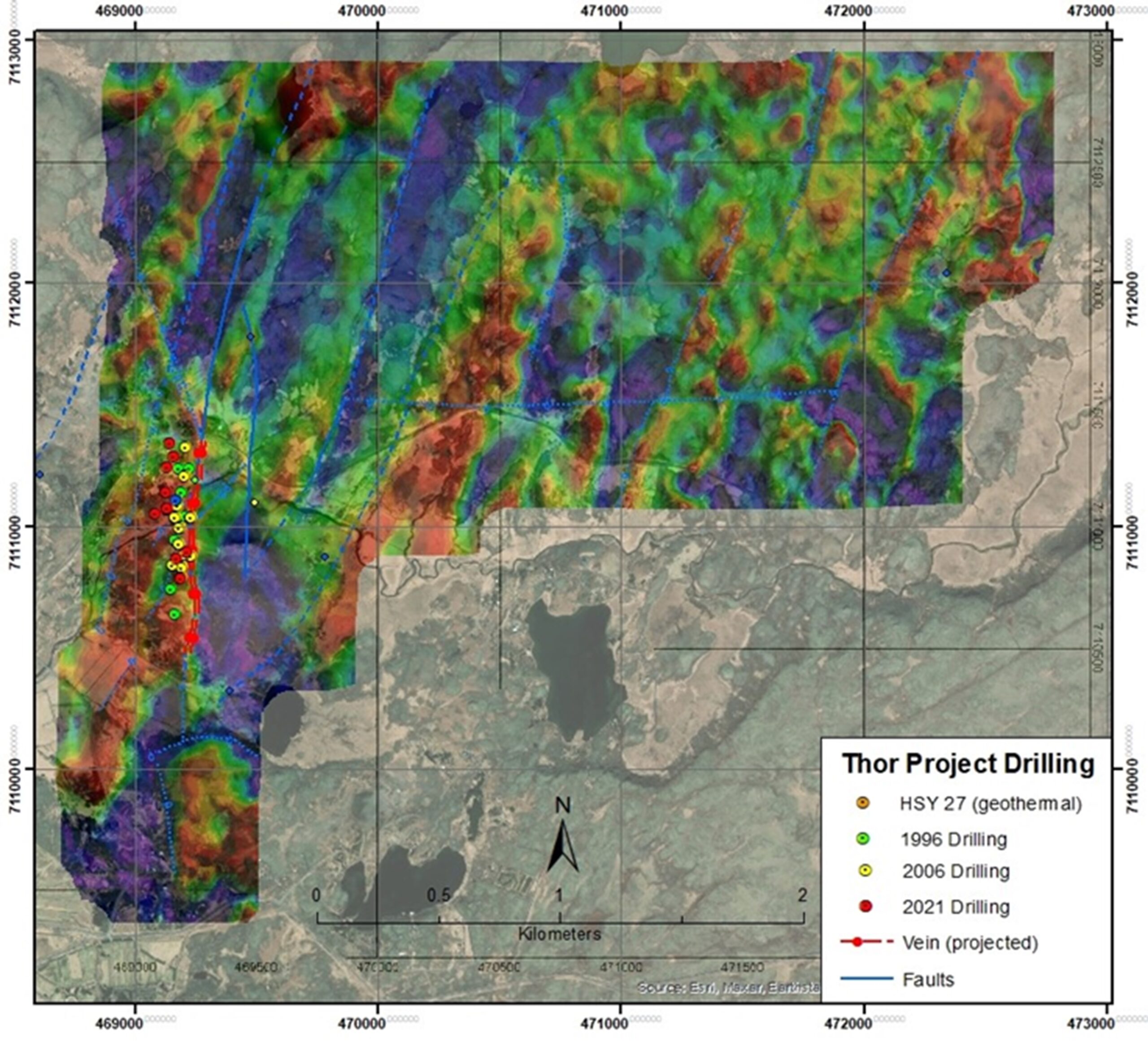


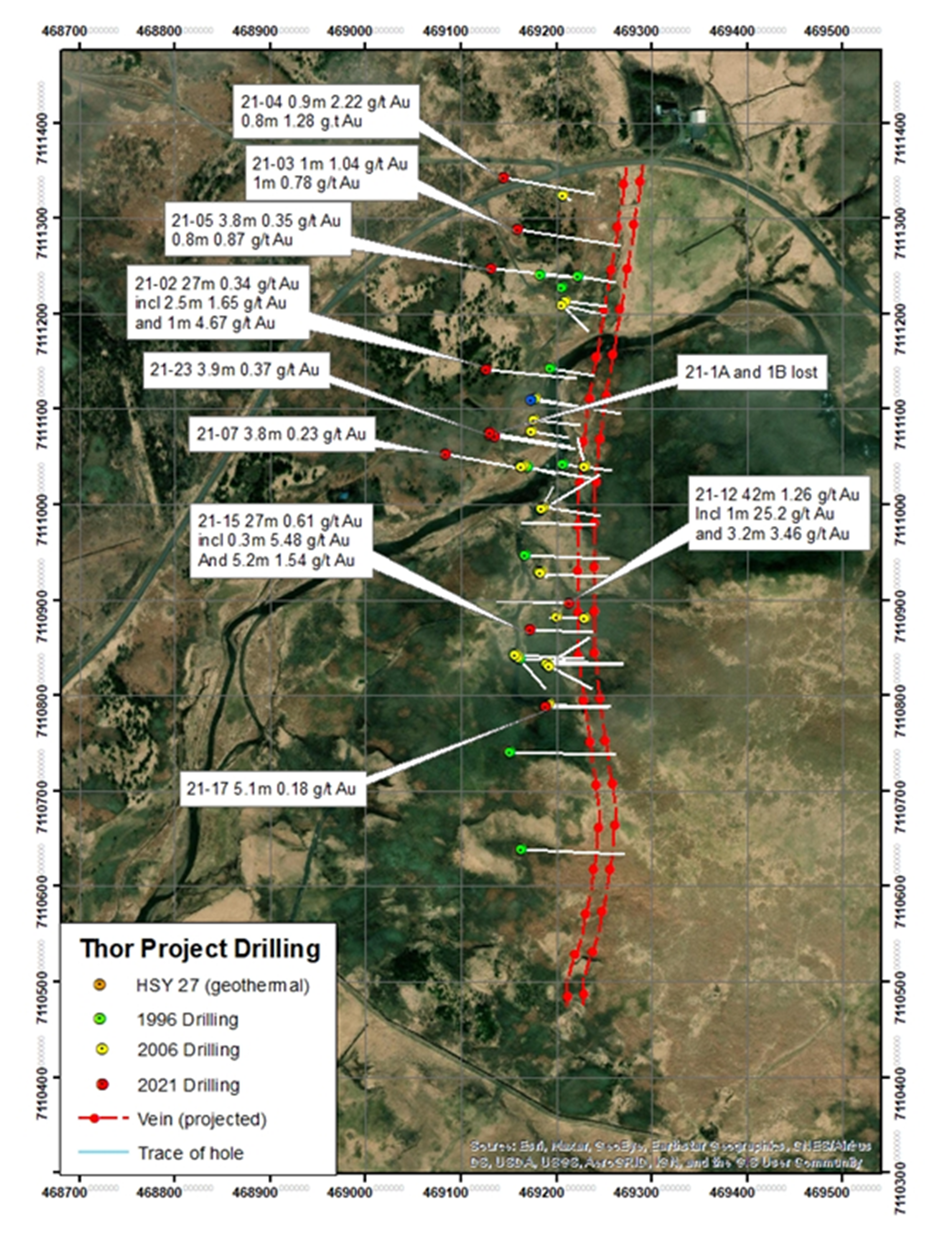








Sample 2070 (TMSD 16-06 47.3 m)
Cockade breccia, with altered tuff clast (center) surrounded by concentric bands of very fine to fine quartz, adularia and calcite. Field of view = 3.0 mm, crossed polarizers.